SilverStone Strider Titanium ST60F-TI PSU Review
SilverStone released its first Titanium PSU series, which is made by Enhance Electronics. The smallest Strider Titanium unit will be under our scope today. Besides high efficiency it also offers compact dimensions and a fully modular cable design.
Why you can trust Tom's Hardware
Packaging, Contents, Exterior And Cabling
Packaging
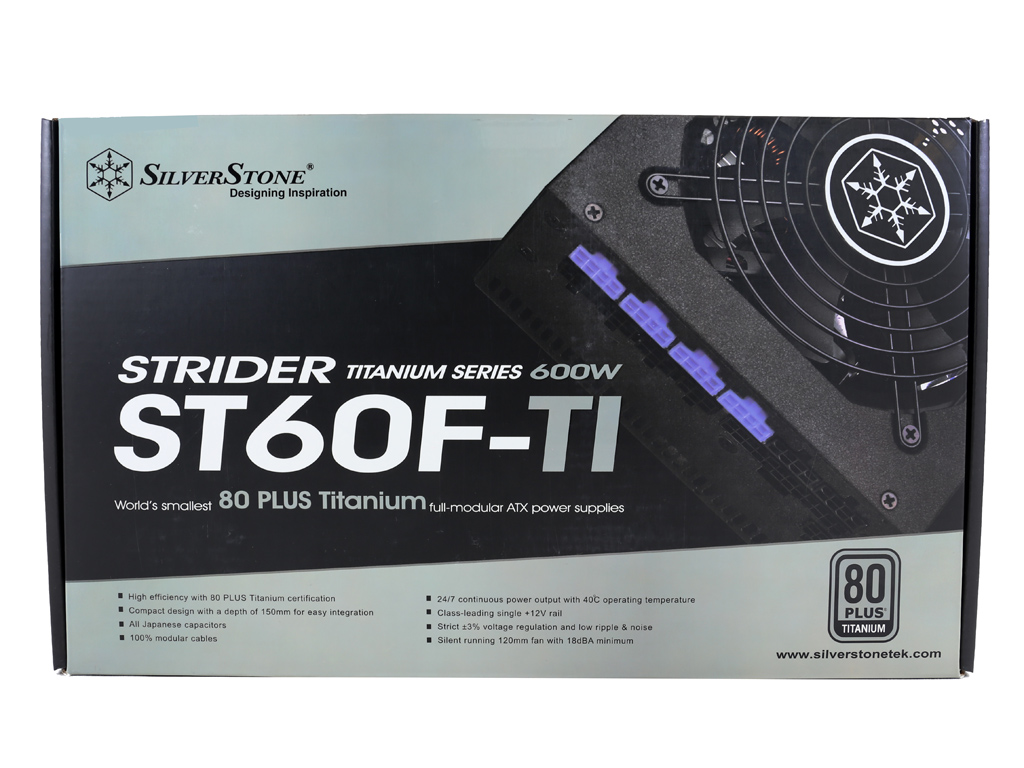









The box is large and heavy. On the front, the product's model number is depicted in large letters and the Titanium efficiency badge resides in the bottom-right corner. On the front-bottom, you'll find some of the product's features, the most notable being high efficiency, compact dimensions, Japanese caps, fully modular cabling and the 120mm fan that promises quiet operation.
On the top is a list of available connectors, though it doesn't provide any information about cable length. On the same side you will also find the unit's specifications along with a power specifications table. Around back, SilverStone provides a link to its support email account along with a multi-lingual features list. Two graphs depict the efficiency and fan speed curves, while a chart shows the unit's dimensions and compares its size to 18cm-long PSUs. Clearly SilverStone is focusing on its compact dimensions here, since you won't find another Titanium-rated modular model only 15cm deep. Finally, there is another diagram depicting the modular board.
Contents


The PSU is protected inside of its box by packing foam. Accessories are stored inside a smaller box.




The bundle includes several zip ties, a small number of Velcro straps, fixing bolts and an AC power cord. Strangely enough, no user manuals were shipped along with our sample. SilverStone usually includes two of them.
Exterior


The matte finish is of high quality, and we highly appreciate the fact that it is fingerprint proof. The PSU's overall external design is rather boring though; it has nothing innovative or special to show. Around front, a classic honeycomb-style exhaust grille is used. Apparently, Enhance decided that a power switch is an unnecessary option. We strongly disagree, though. You see, when you you shut down your system, that doesn't mean your PSU is totally switched off as well. Rather, the 5VSB rail is in constant operation. In order to completely remove the input voltage, you need to toggle its switch off. That's not possible with the ST60F-TI though, since it doesn't have a power switch. As a result, your only option is to remove the power cable, which isn't particularly elegant. Alternatively, you could use a power strip with an on/off switch. In shoρt, it's a major faux pas to not to equip a PSU with a power switch.



On one of the sides is a power specifications table, while on the other side are some stickers. The most important of them is the one that depicts the version number. SilverStone is probably the only company that provides versioning information. SilverStone's logo is stamped onto the bottom of the chassis.




The modular panel includes a large number of sockets, with the four blue ones dedicated to PCIe cables. As you can see, there are two eight-pin sockets that accommodate as many EPS connectors. Of course, SilverStone only gives you one. This is partially justified, since the company probably doesn't want you using all four PCIe leads and two EPS ones at the same time on a 600W PSU.
Get Tom's Hardware's best news and in-depth reviews, straight to your inbox.
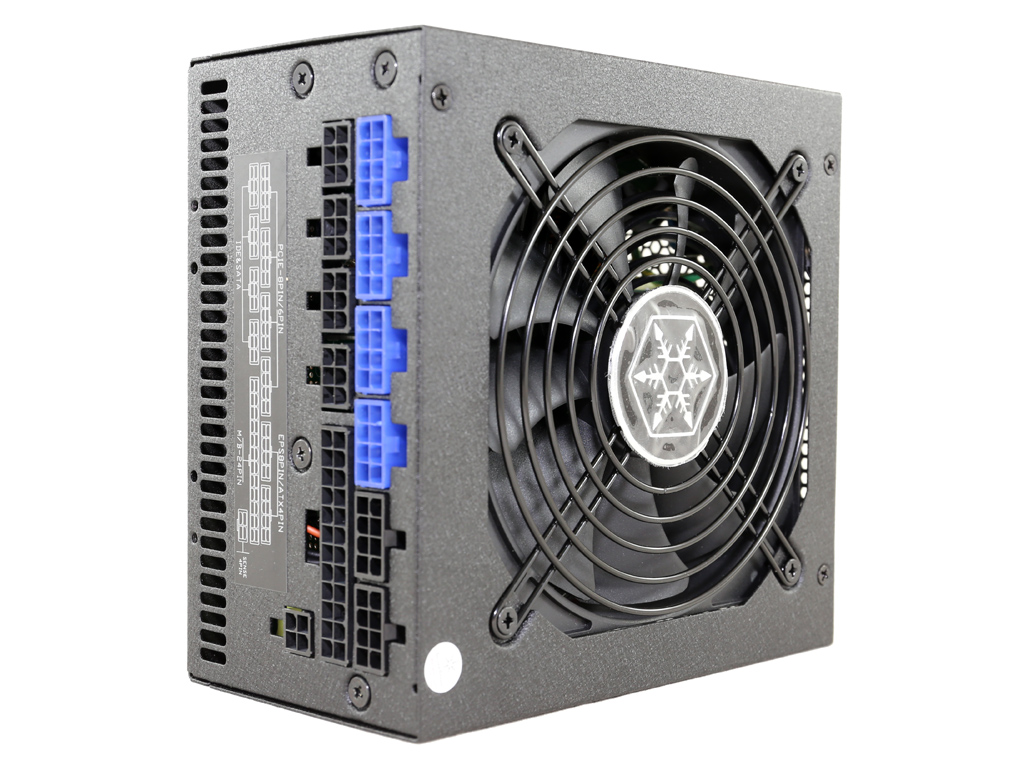


SilverStone's snowflake logo, located at the center of the fan's grille, looks very nice.
Cabling



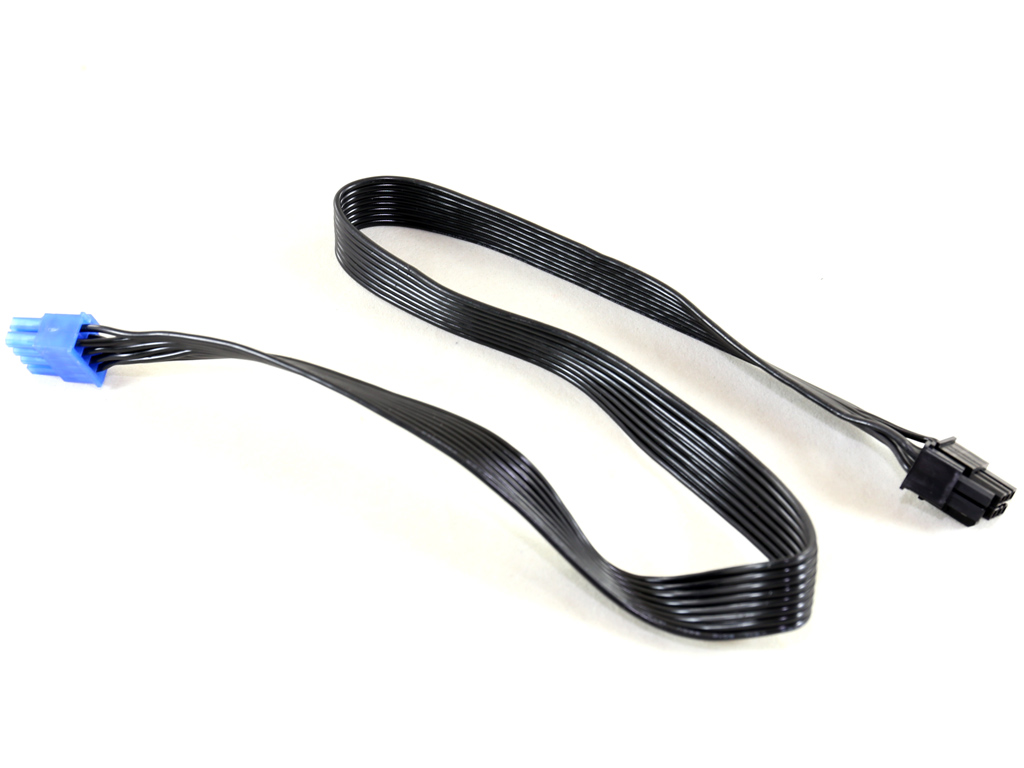

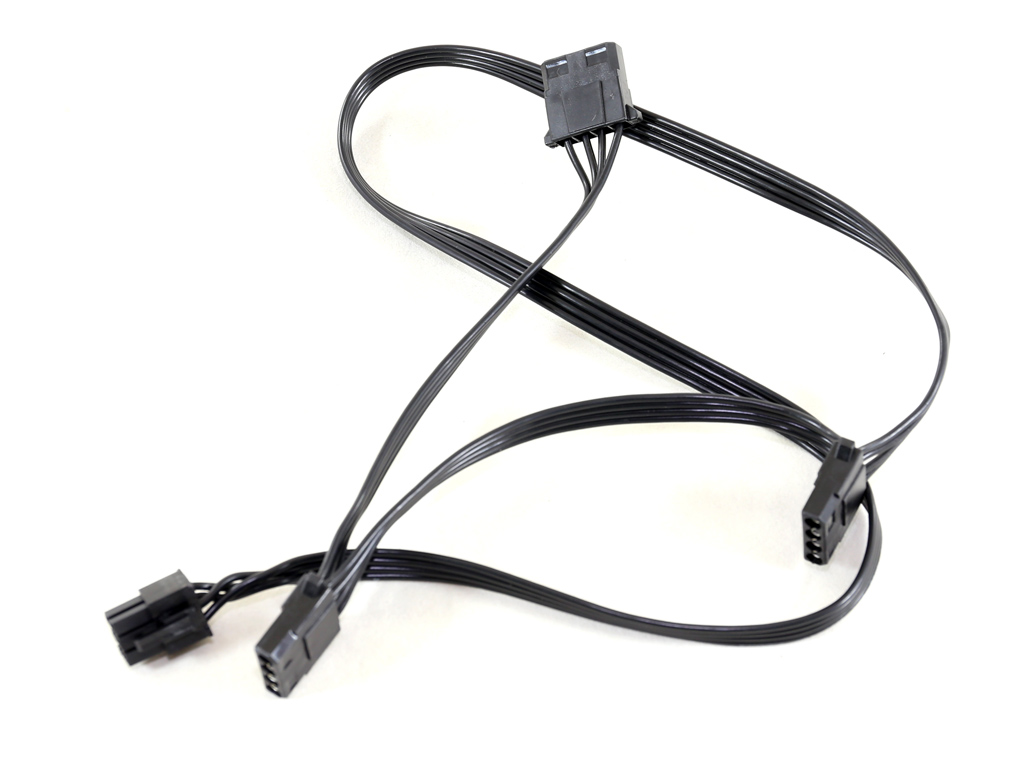


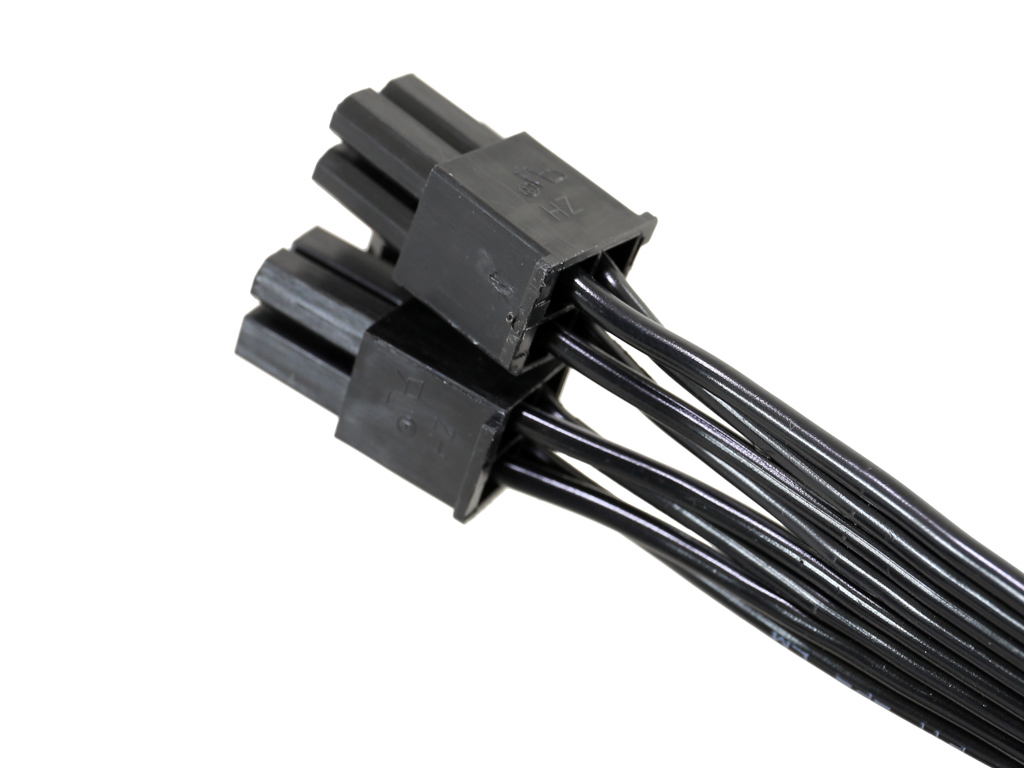

The stealth ribbon cables should be easy to hide inside of cases with dark interiors, and they'll also block less the airflow compared to round cables. Finally, we like the fact that the FDD connector is provided as an adapter instead of being fixed on a cable along with other peripheral connectors.
Current page: Packaging, Contents, Exterior And Cabling
Prev Page Introduction Next Page A Look Inside And Component Analysis
Aris Mpitziopoulos is a contributing editor at Tom's Hardware, covering PSUs.
-
JamesSneed So essentially this is a overpriced PSU with to much ripple. This left me wondering why the EVGA SuperNova 850 T2 was not in the charts. You mentioned the SuperNova towards the end and it just seems like the proper competitor since its another TI rated PSU.Reply -
Jack_565 Nice to see a review on at least one of the Strider Titanium units.Reply
I recently purchased a 800w Version(these are the only Titanium PSUs in the Australian Market under 1000w) and its been everything i've wanted, running at almost 50% load it gives me its peak efficiency which is exactly why i paid the premium to get a Titanium PSU.
I can see the 600w version being a more commonly purchased unit with the way power consumption has dropped, Skylake Rigs only use around 300w(give or take variables) which would be the Striders peak efficiency. -
turkey3_scratch Jonnyguru also did a review on the same unit here, so the "high" ripple is consistent among these units. Probably due to a lack of filter capacitors, either to increase efficiency or conserve space. I'd like to see how the efficiency would be improved if they used a relay.Reply
What I don't understand is the small transformer. Aris, you mentioned that this unit, to have higher efficiency, switches to not-as-high of a frequency (which also affects transient response negatively). Since transformer size is inversely proportional to the AC frequency, wouldn't the transformer have to be larger? Is there any downside to a smaller transformer?
Yet again, more PWR_OK cheaters. It seems like at least one in two PSUs are like this. I agree that no power switch on this unit seems very silly to me. -
Aris_Mp The switching frequency probably isn't as high in order to achieve the higher possible efficiency, but this doesn't necessary means that it isn't high enough to allow for a small main transformer. In addition the design of the transformer plays a key role also in this.Reply